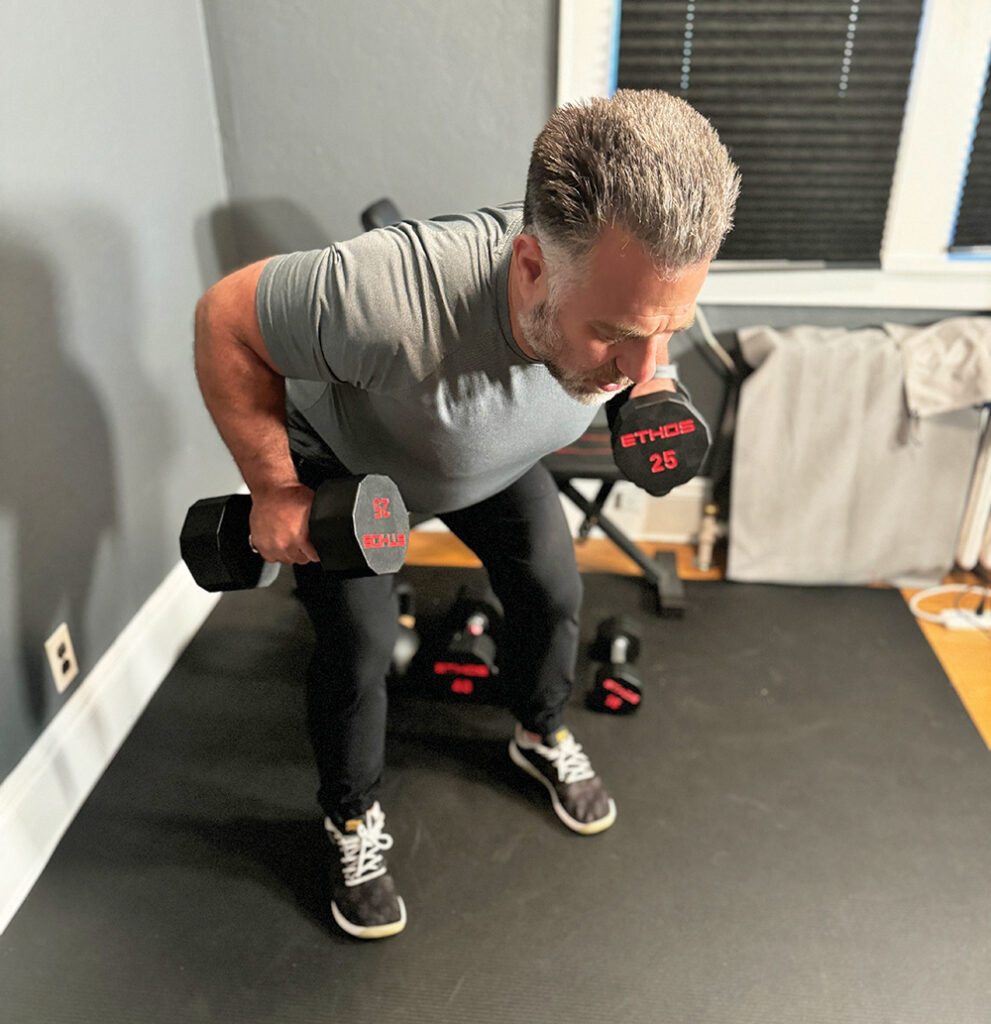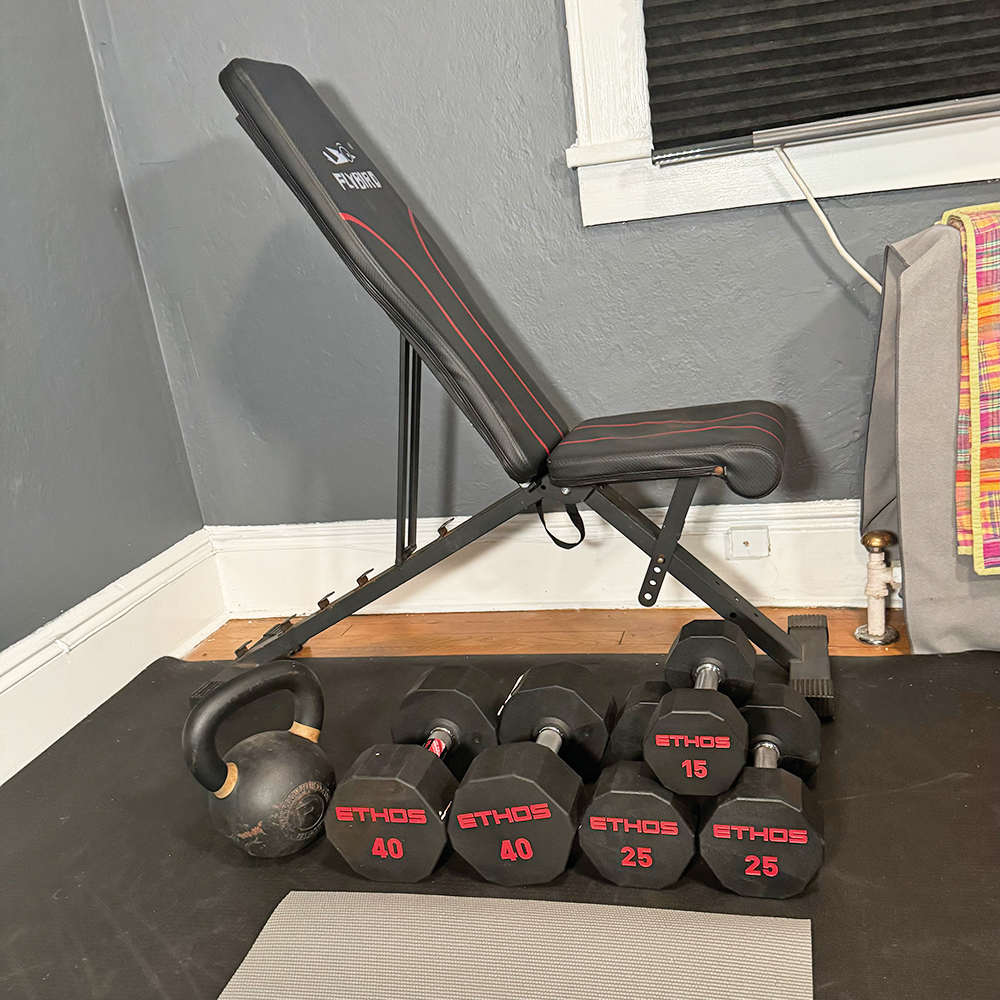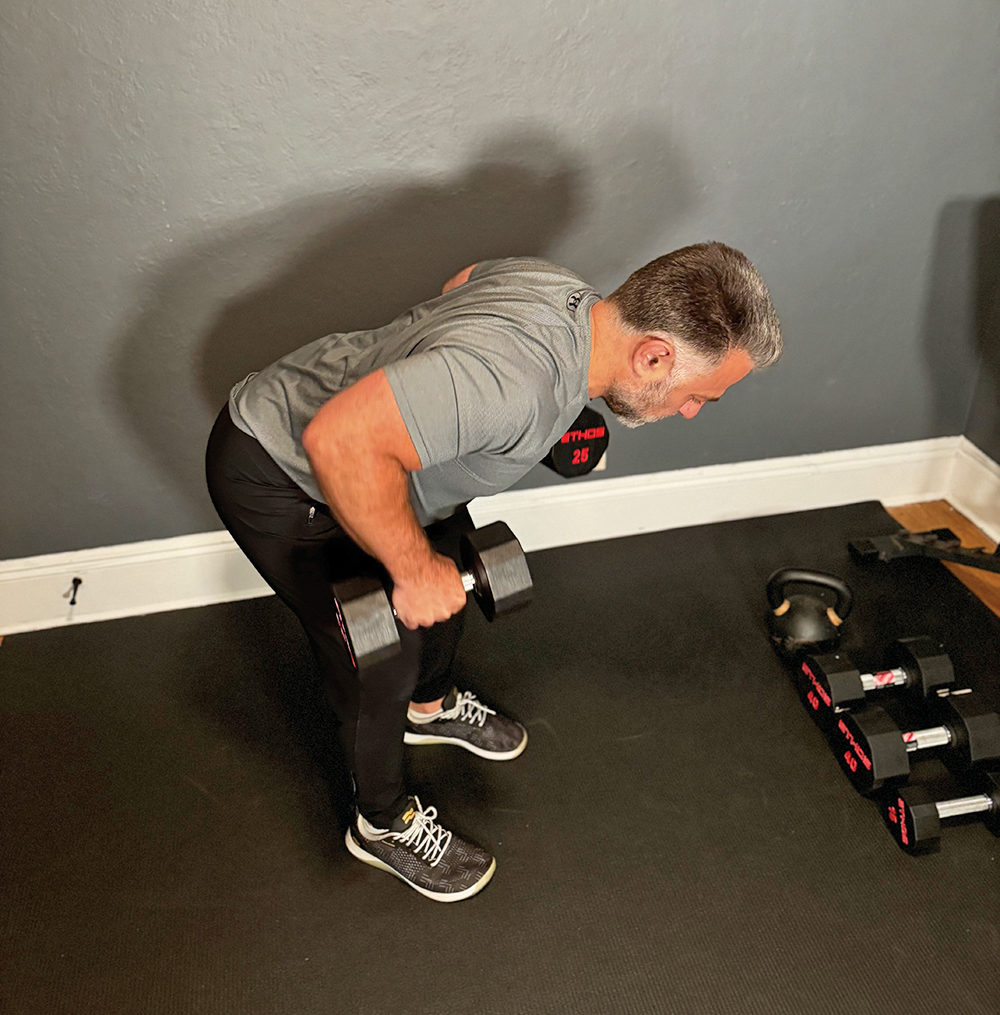
The American Heart Association recently updated its 2007 statement on the value of resistance training based on years of new data and research. The updated statement reports that resistance training is linked to about 15% lower risk of mortality and 17% lower risk of heart disease compared to adults who report no resistance training. Resistance training improves not only traditional heart disease risk factors, such as lipids, glucose and blood pressure, but also nontraditional heart disease risk factors, such as sleep, mood, quality of life and the way blood vessels function.
Our bodies reach peak muscle growth in our 20s; by 30 we begin to naturally lose muscle mass at a rate of 3-8% per decade in the absence of proactive efforts to keep it. Deconditioned musculature can limit physical capacity and leave us prone to injury. For many, strength training in middle age is not about bulging biceps or heaviest lifts. It’s about keeping the muscle you have active, healthy, and strong.

Strength training at home is an accessible and effective way to get started with the basics. Routines can be short and convenient, utilizing minimal equipment done according to personal schedule. Strength for functional health prioritizes basic compound movements with good form at progressive weights. Home fitness is accessible for those thinking of starting exercise, and for those who already engage in active recreation (running, biking), complementing aerobic stamina with robust body strength.
Common home equipment, such as dumbbells and kettlebells, combined with body weight exercises are more than enough for most people to maintain and build strength after 40. For beginners, I usually recommend starting with at least two sets of dumbbells, one light and one medium. Ideally, either another heavier set of dumbbells or a heavy kettlebell will enable a full variety of exercises using each weight as appropriate per movement and body part.
When starting with any resistance training, especially free weights, it is important to habituate your body to proper form when training. The body moves in functional patterns of bending, stepping, pushing, pulling, etc. Functional strength exercises are derived to mimic and enhance the way we move through life. I recommend starting with basic exercises associated with the primary moving patterns. Such as:

Two Leg Knee Bend: Squat, Sumo Squat, Split Squat
Single Leg Knee Bend: Directional Lunges, Step Up
Hip Hinge: Glute Bridge, Dead Lift, Romanian Dead Lift
Upper Push: Chest Press, Shoulder Press, Dips
Upper Pull: Lat Pull Down, Row, Bicep Curls
Working out at home offers the option to do shorter workouts incorporated into morning routines, afternoon breaks and evening recreation. A balanced program will engage all movement patterns and body parts with the appropriate weight that is challenging but safe. These routines can become regular, lifelong habits, interwoven with aerobic activities, a healthy approach to eating, and proper sleep. Fortifying physical strength to maintain muscle and keep physical capacity – all from the convenience of home.
Jason Goldsmith is a certified personal trainer with specialty certificates in corrective exercise and senior fitness. He lives in Teaneck, and provides in-home, in-studio, and virtual coaching. He can be reached at [email protected]













